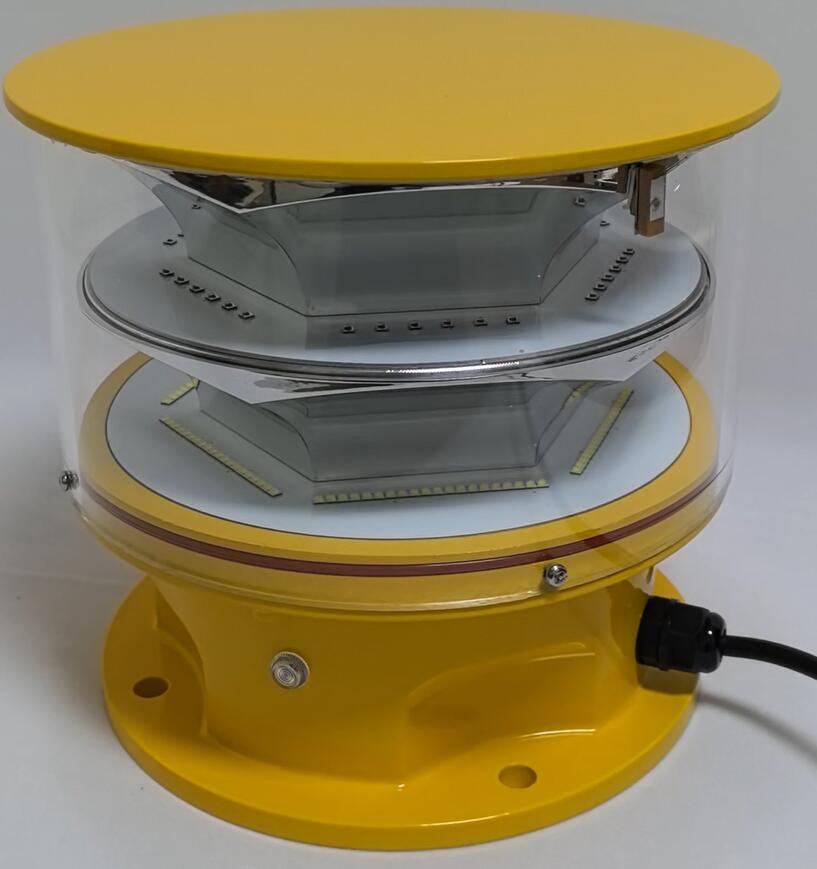Aviation lamps are indispensable in the aerospace sector, ensuring visibility and safety for airports, runways, and aircraft. From energy-efficient LEDs to traditional halogen bulbs, these specialized lights come in various forms, each influencing the aviation lamp price. For decision-makers, understanding what drives these prices can simplify procurement and maximize value.
What Defines Aviation Lamp Price?
Aviation lamp price depends on several interconnected factors. From material costs to market demand, here’s a breakdown of the primary influences:
1. Lighting Technology
Advances in technology play a central role in determining aviation lamp price. LED aviation lamps, known for energy efficiency and durability, often command higher initial costs compared to traditional halogen or incandescent models. However, their extended lifespan and reduced maintenance costs make them a cost-effective choice in the long term.
2. Regulatory Standards
Compliance with international aviation regulations, such as those set by ICAO and FAA, is non-negotiable for manufacturers. These stringent standards increase production costs, directly impacting aviation lamp price. Products certified for high performance and safety often have a premium attached.
3. Durability and Material Quality
Aviation lamps are designed to withstand harsh environments, including extreme temperatures, vibration, and prolonged use. Materials like tempered glass, heat-resistant plastics, and corrosion-proof metals increase manufacturing costs, raising the aviation lamp price.

4. Custom Specifications
Customization for specific environments or applications, such as weather-resistant designs or adjustable brightness levels, can elevate aviation lamp price. Tailored solutions ensure optimal performance but come at a higher cost.
5. Supply Chain Variables
Fluctuations in raw material availability, transportation costs, and geopolitical tensions affect the aviation lamp market. Shortages or delays can lead to price hikes, particularly for specialized products.
| aviation lamp price | SDR56 |
Types of Aviation Lamps and Their Price Ranges
Different types of aviation lamps are used for specific purposes, with each category reflecting unique pricing dynamics:
Runway Lighting
Runway edge lights and approach lights are critical for guiding aircraft during takeoff and landing. LED runway lamps, priced between $80 and $300, dominate the market due to their reliability and energy savings. Halogen alternatives are cheaper upfront, often costing $50 to $150, but require frequent replacements.
Aircraft Warning Lamps
These high-intensity lights ensure visibility of aircraft in adverse conditions or during night operations. Prices for LED warning lamps typically range from $200 to $800, influenced by features like brightness adjustment and automation.
Obstacle Lights
Obstacle lights are essential for marking tall structures near airports. Depending on their intensity and compliance standards, these lamps range from $150 to $700. Advanced models with remote monitoring capabilities can exceed this range.
Aircraft Interior Lighting
Cabin and cockpit lamps are designed for passenger comfort and operational efficiency. High-end LED panels, often customized for modern aircraft interiors, are priced between $100 and $500.
How to Optimize Aviation Lamp Costs
When investing in aviation lamps, cost-efficiency is about more than just upfront price. Here are strategies to ensure smart purchasing decisions:
1. Focus on Energy Efficiency
Although LED lamps are more expensive initially, their long operational life and reduced energy consumption make them the preferred choice for long-term savings.
2. Prioritize Certified Products
Always select aviation lamps that meet industry standards. Certification ensures safety and compliance, reducing risks and potential fines.
3. Leverage Bulk Discounts
Suppliers often offer significant discounts for large orders. Bulk purchasing can lower the average aviation lamp price per unit, especially for large-scale projects.
4. Assess Total Cost of Ownership
Instead of focusing solely on purchase price, evaluate maintenance, replacement frequency, and energy costs to determine the overall value of a lamp.
5. Choose Reputable Suppliers
Partnering with reliable manufacturers ensures high-quality products and better customer support. Established brands often provide warranties, enhancing value for buyers.
Current Trends Influencing Aviation Lamp Price
The aviation industry is evolving, bringing new trends that directly impact aviation lamp price. Staying updated on these developments can help stakeholders make informed choices:
Rising Demand for LEDs
LED aviation lamps continue to gain popularity due to their efficiency and durability. Despite their higher upfront costs, their long-term benefits are driving widespread adoption across airports and aircraft.
Sustainability Initiatives
Green technologies and sustainable practices are reshaping the aviation industry. Energy-efficient lighting solutions are increasingly prioritized, often resulting in slightly higher initial costs for eco-friendly options.
Adoption of Smart Lighting
IoT-enabled lighting systems are becoming the norm in modern airports. These lamps, capable of real-time monitoring and remote operation, offer enhanced functionality but also come with premium pricing.
Post-Pandemic Recovery
As the aviation sector recovers from pandemic-induced disruptions, the demand for infrastructure upgrades is rising. This increased demand has led to a surge in aviation lamp price, especially for advanced lighting solutions.
Balancing Cost and Quality
Finding the right aviation lamp at a reasonable price requires careful consideration. While low-cost options may seem attractive, they often lead to higher long-term expenses due to frequent replacements and higher maintenance costs. Investing in quality products ensures reliability, safety, and compliance with industry standards.
Future Outlook for Aviation Lamp Prices
The aviation lamp market is poised for growth, driven by advancements in technology and increasing air traffic. While prices may fluctuate due to supply chain factors and raw material costs, the overall trend points to greater affordability as LED technology becomes more widespread. For buyers, this means more options at competitive prices, without compromising on quality or performance.
Aviation lamp price is influenced by numerous factors, from material quality to regulatory compliance. Understanding these dynamics helps buyers make informed decisions, balancing cost with performance and safety. As the industry embraces sustainable and smart lighting technologies, stakeholders can expect continued innovation and enhanced value from aviation lighting solutions. By focusing on energy efficiency, certifications, and trusted suppliers, buyers can ensure they secure the best products at the right price, contributing to safer and more efficient aviation operations.